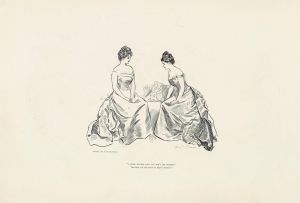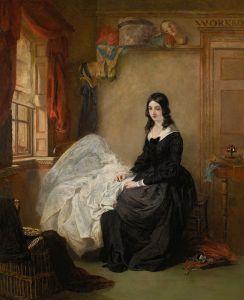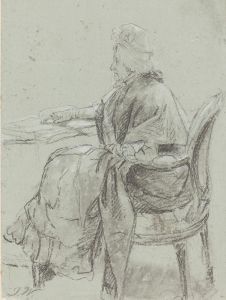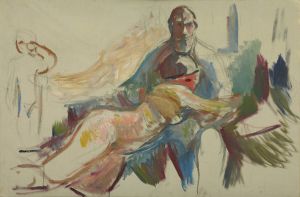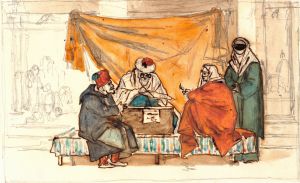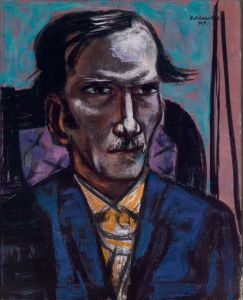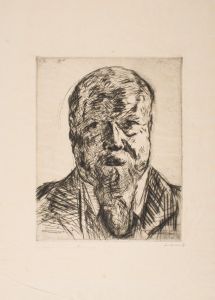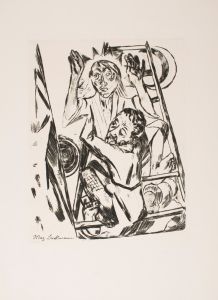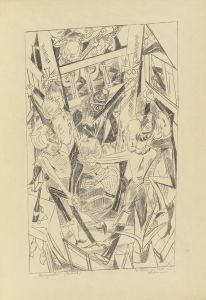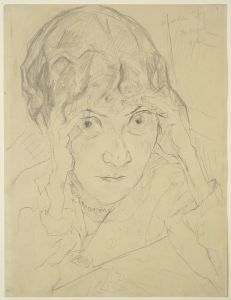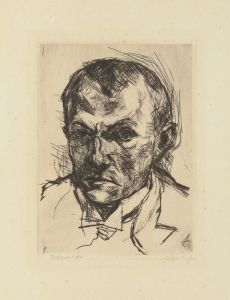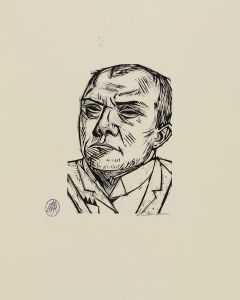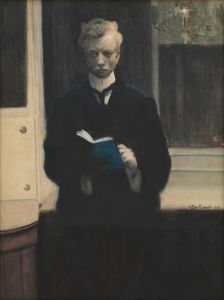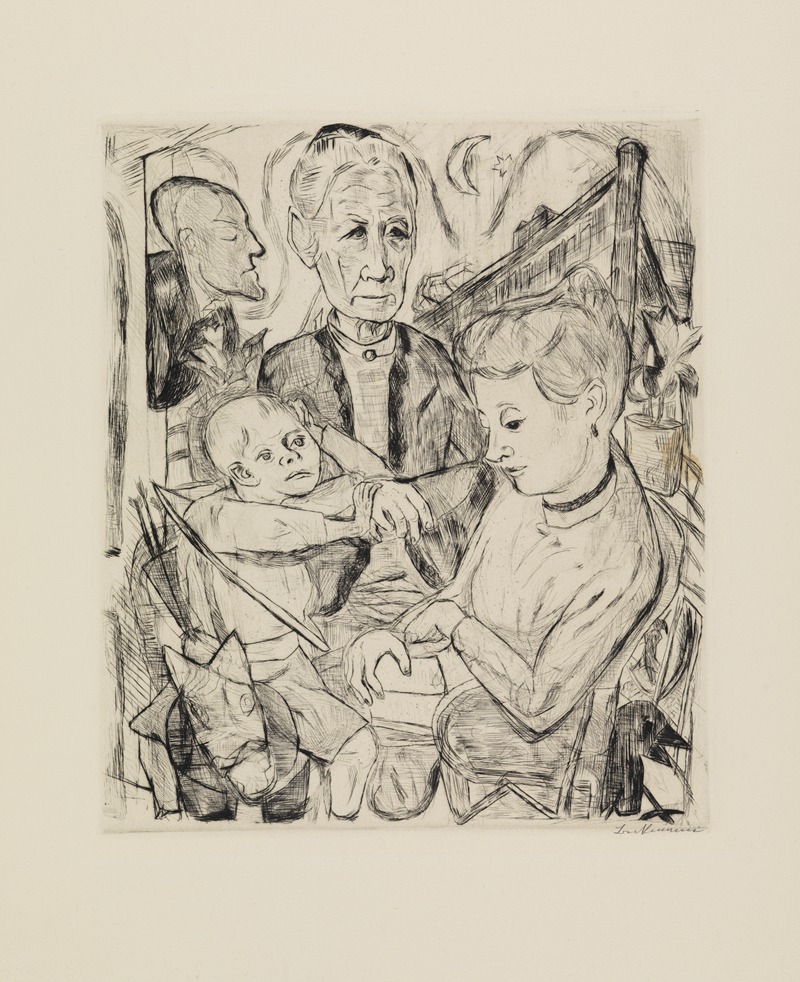
Familienszene
A hand-painted replica of Max Beckmann’s masterpiece Familienszene, meticulously crafted by professional artists to capture the true essence of the original. Each piece is created with museum-quality canvas and rare mineral pigments, carefully painted by experienced artists with delicate brushstrokes and rich, layered colors to perfectly recreate the texture of the original artwork. Unlike machine-printed reproductions, this hand-painted version brings the painting to life, infused with the artist’s emotions and skill in every stroke. Whether for personal collection or home decoration, it instantly elevates the artistic atmosphere of any space.
Max Beckmann's "Familienszene" is a notable work by the German painter, who is recognized as one of the most important artists of the 20th century. Beckmann's art is often associated with the New Objectivity movement, which emerged in Germany in the aftermath of World War I. This movement was characterized by a realistic style combined with a critical social commentary, and Beckmann's works frequently reflect the tumultuous socio-political climate of his time.
"Familienszene," which translates to "Family Scene" in English, is a painting that exemplifies Beckmann's distinctive style and thematic concerns. While specific details about the creation date and the current location of "Familienszene" are not widely documented, Beckmann's works from the 1920s and 1930s often explore themes of human relationships, societal roles, and the complexities of family dynamics. These themes are likely present in "Familienszene," given the title and Beckmann's consistent exploration of such subjects.
Beckmann's approach to painting was influenced by his experiences during World War I, where he served as a medical orderly. The war had a profound impact on him, leading to a shift in his artistic style from the more traditional Impressionism to a more expressive and symbolic form of representation. This change is evident in his use of bold colors, distorted figures, and complex compositions, which are hallmarks of his mature style.
In "Familienszene," Beckmann likely employs these techniques to convey the emotional and psychological undercurrents of family life. His figures often appear in confined spaces, suggesting a sense of tension or claustrophobia, which may reflect the artist's views on the constraints of societal norms and familial expectations. The use of sharp lines and contrasting colors could serve to highlight the emotional intensity and underlying conflicts within the depicted scene.
Beckmann's work is also known for its allegorical elements, where everyday scenes are imbued with deeper symbolic meanings. In "Familienszene," the arrangement of figures and objects might carry metaphorical significance, inviting viewers to interpret the painting on multiple levels. This complexity is a testament to Beckmann's skill in blending realism with abstraction, creating works that resonate with viewers both visually and intellectually.
Throughout his career, Beckmann faced significant challenges, particularly during the rise of the Nazi regime in Germany. His art was labeled as "degenerate" by the Nazis, leading to his dismissal from his teaching position and the removal of his works from German museums. Despite these obstacles, Beckmann continued to produce art that challenged and critiqued the world around him, maintaining his commitment to exploring the human condition.
"Familienszene" is a reflection of Beckmann's enduring interest in the intricacies of human relationships and the societal structures that shape them. While specific details about the painting may be scarce, its thematic richness and stylistic attributes align with Beckmann's broader oeuvre, offering insight into the artist's perspective on the complexities of family life and the broader human experience.






